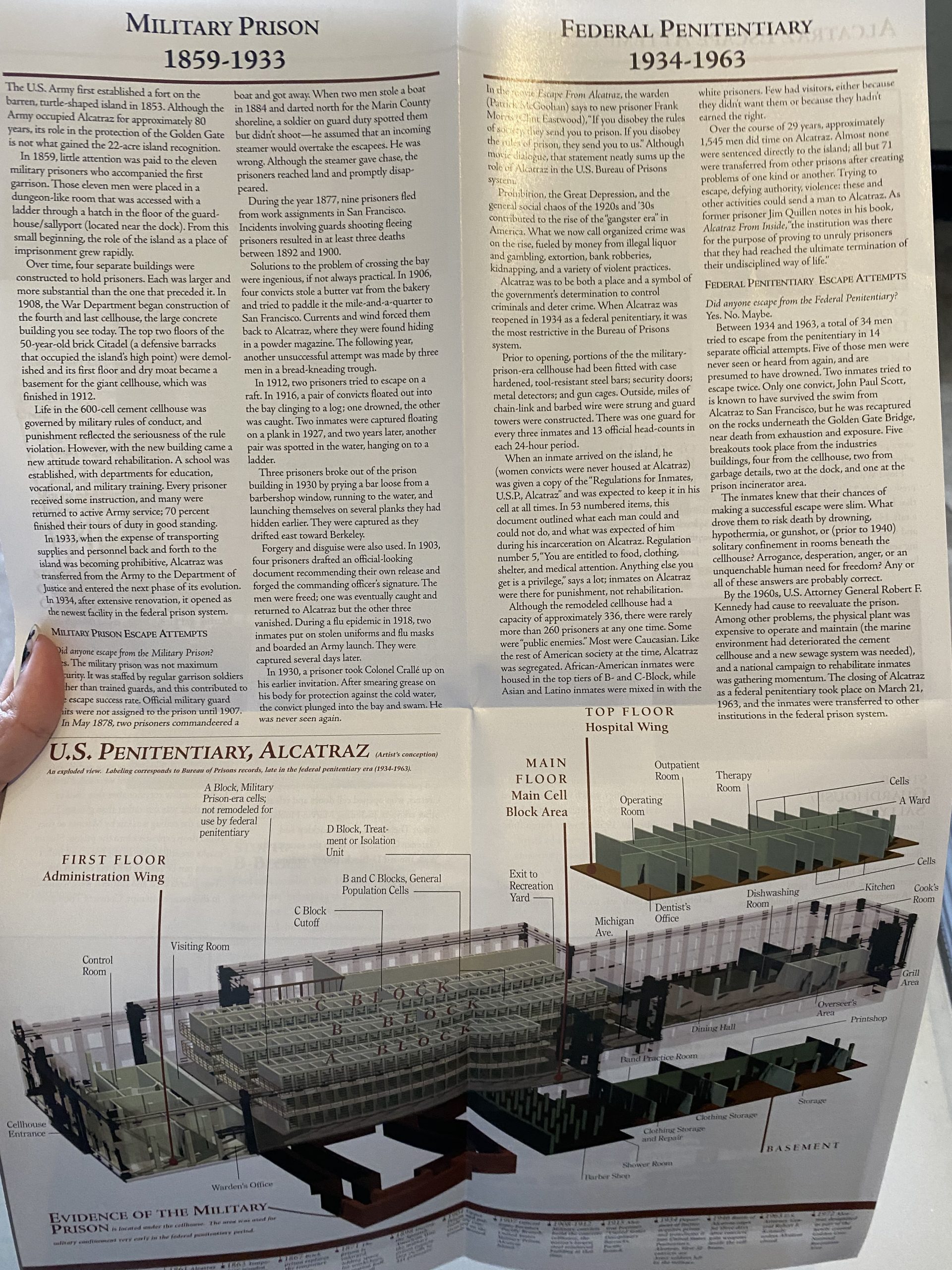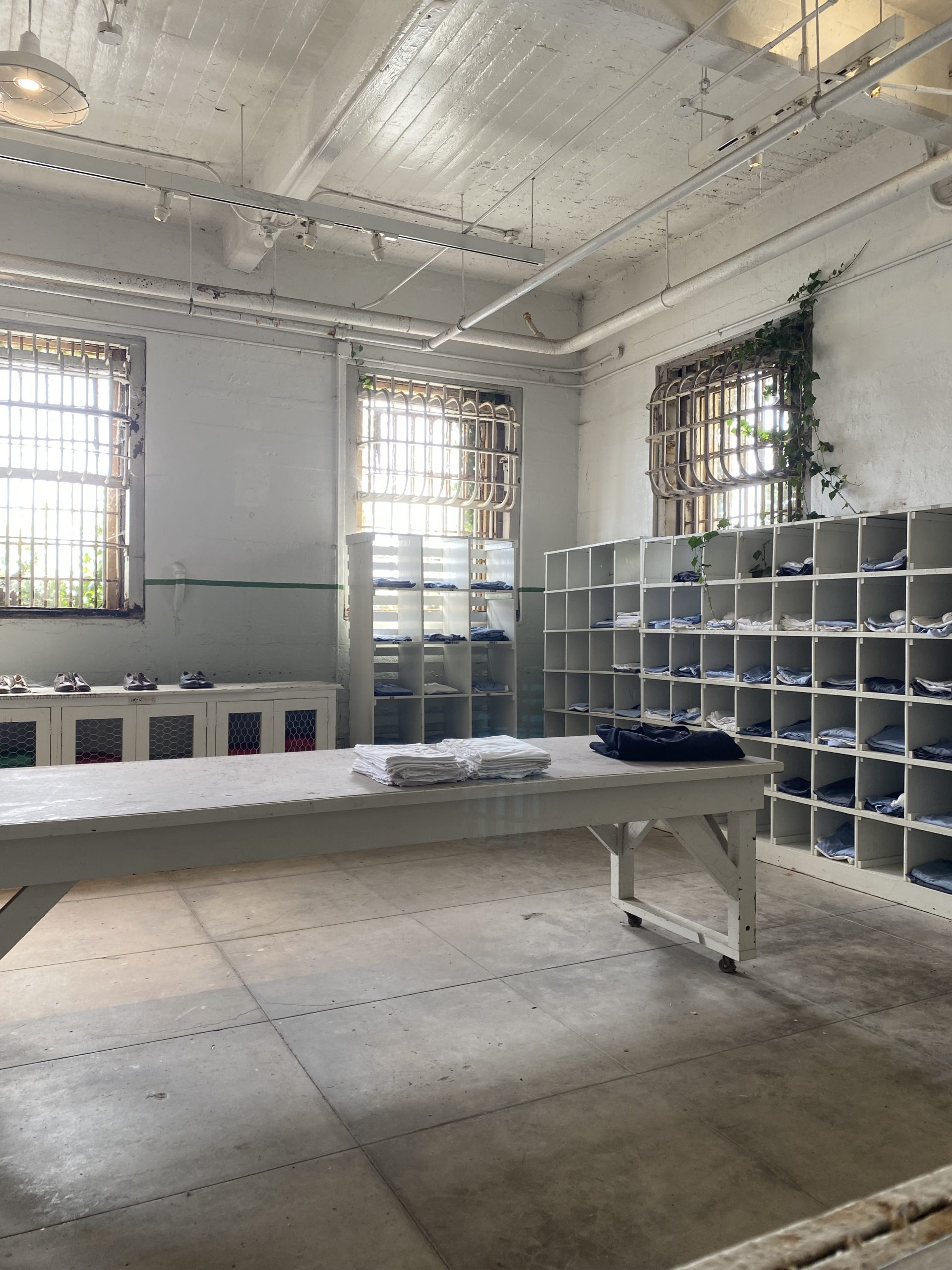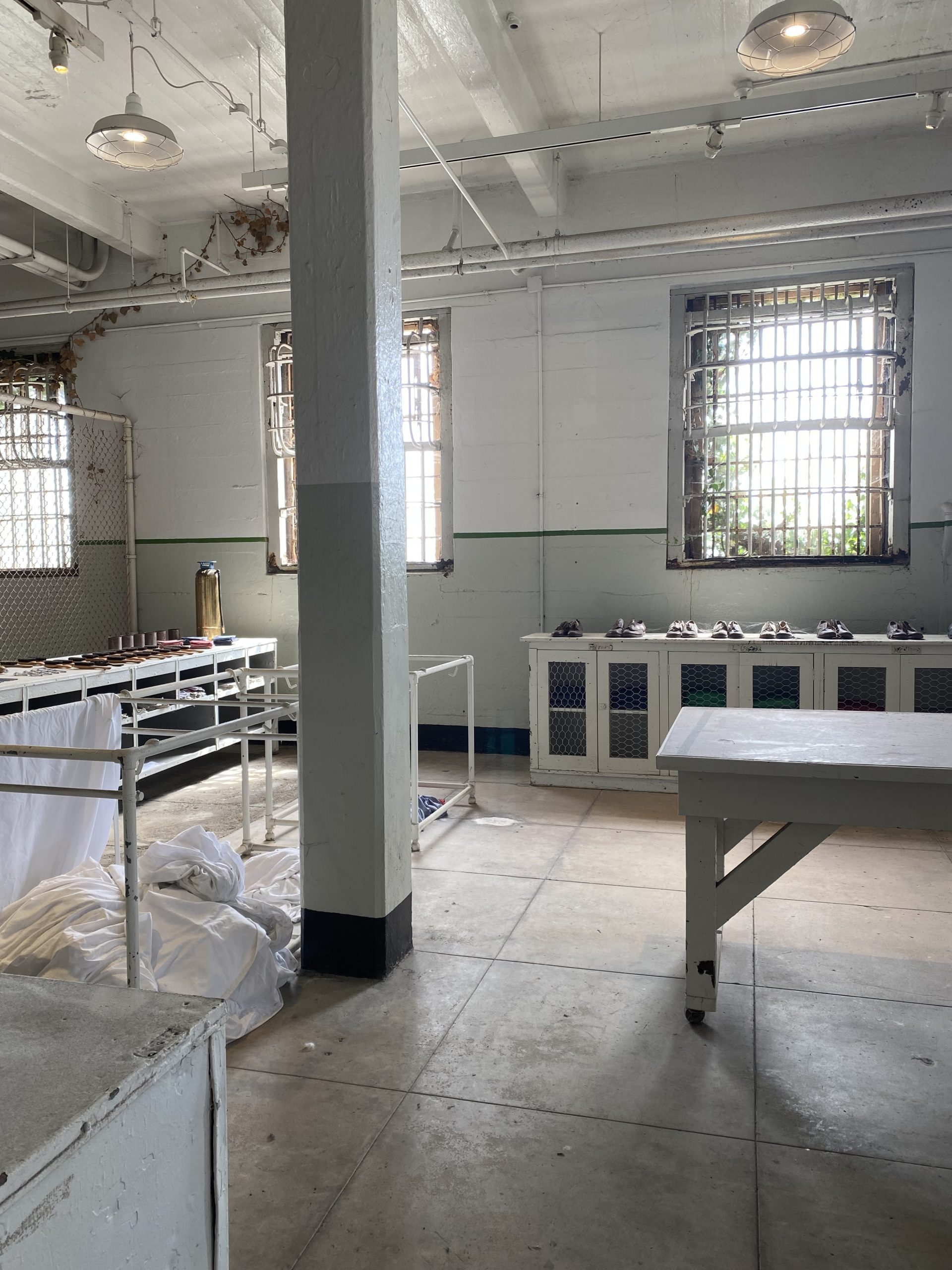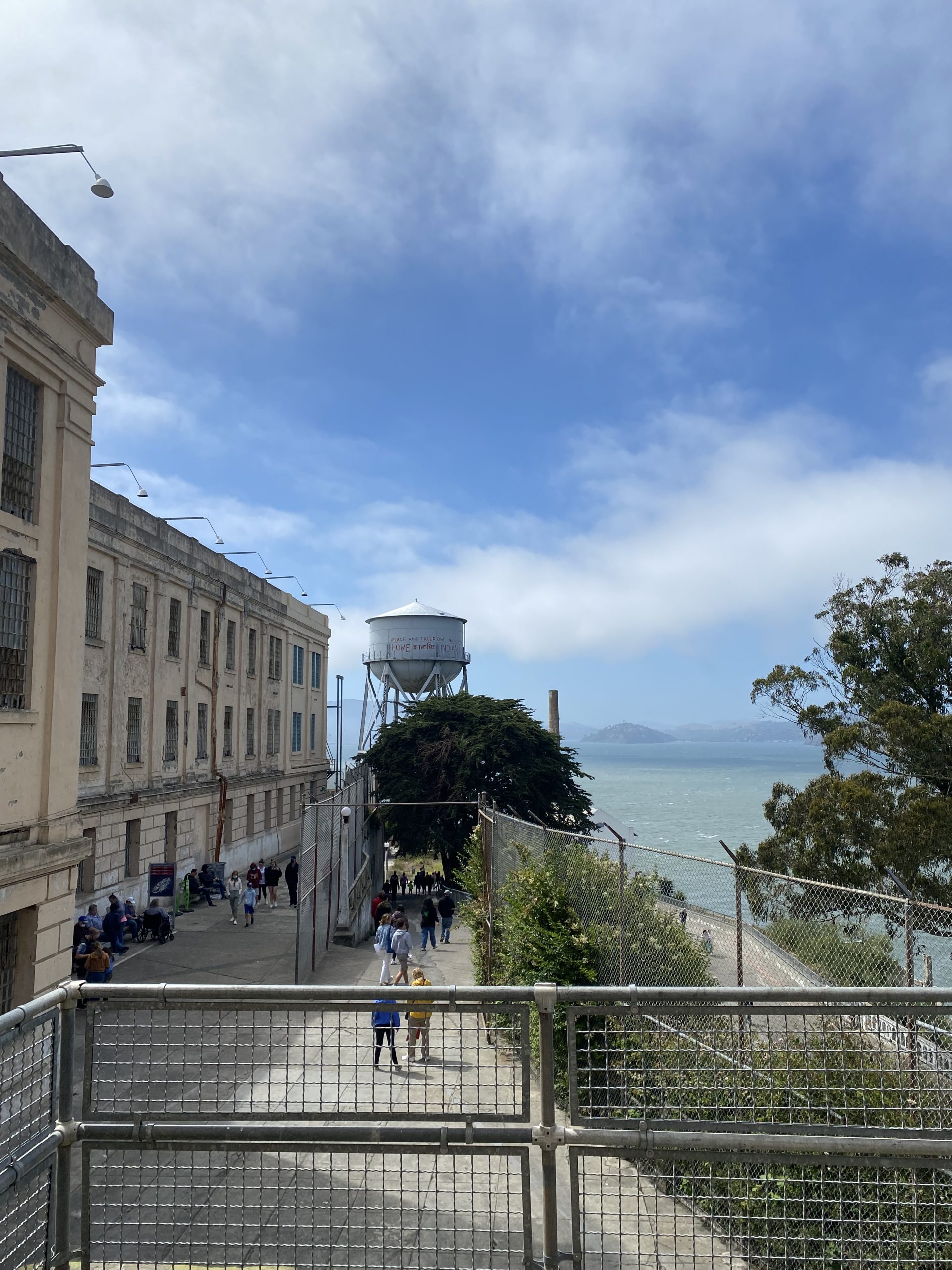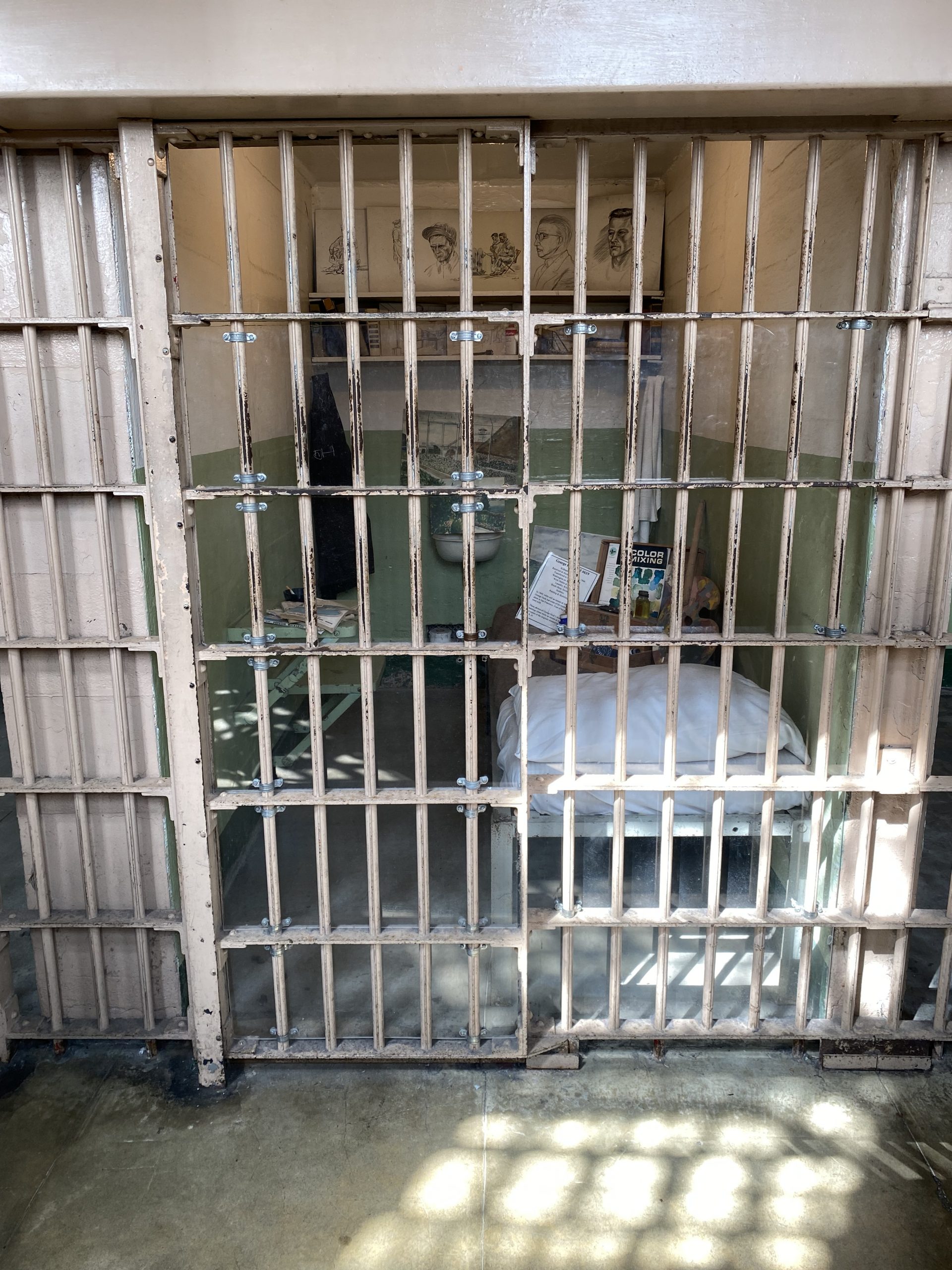“You are here” reminds me of the discussion of the performance of a group protest in the Performance of Everyday Life led by Barbara Browning — she was talking about the choreography of a protest and how it was difficult to maintain it after a long time; how the performers’ hands started to go from a hands up position (demonstrating “hands up, don’t shoot” against the police) to being more relaxed, with the hands coming down to being next to their faces instead of being higher up. The police continued to “critique” the performance by saying that it would be more believable if the performers’ hands were held higher up. It was ironic.
I like the idea of trauma studies and performance studies being linked to one another, as well as trauma and narrative, especially live tellings/performances, being linked. “The transmission of traumatic experience more closely resembles ‘‘contagion’’: one ‘‘catches’’ and embodies the burden, pain, and responsibility of past behaviors/events” (Taylor, 168). The subject in this sense suffers.
On the subject of disappearances, live performances, and archiving performance: “The live can never be contained in the archive; the archive endures beyond the limits of the live” (Taylor, 173). The photos 50, 51, 52 in the essay are powerful in the emotion they convey — they remind me of Hunter Arthur’s graduate film “Two Worlds” on who matters in the media in terms of disappearances, where he speaks of indigenous disappearances on the toll it takes on families of the disappeared, especially when compared to people who are given more importance in the media. The photos also remind me of other science fiction movies like Interstellar (2014) — where the father leaves for a space mission and gets stuck, returning when the daughter is old — in terms of the strong use of emotion being akin to the emotion the photos portray.
Four Walks through Villa Grimaldi
“Do performance pedagogies such as immersion and simulation allow people to feel or experience the camp more fully than walking through it?” (Taylor, 183)
I have a personal take on the question posed here since I experienced the Alcatraz tour on my visit to San Fransisco — the island itself had been declared as taken back by indigenous rights (the building opposite the ferry terminal had graffiti over it stating the same). As I entered the building, I felt the same sense of unease as mentioned in the reading, about my feelings regarding the space I was in and what it symbolized. The retelling of the stories of the prisoners’ lives (some of whom have become infamous historical figures) seemed invasive in the sense that the tour is still capitalizing off of their lived imprisoned experiences, long after they are gone. They had the option to do the tour without the audio equipment, which furthered my internal dilemma about my listening to the traumatizing experiences of the late prisoners. It seemed to serve more of an entertainment purpose than being a straight retelling of historical facts, which can become the basis of all performances of retellings of history (when it should not be — in that sense this discourse about them is productive).
On the translation of trauma and its implications from subject to witness: “My body became the medium. It happened gradually, imperceptibly, the further we got into the past that was not past, the torture that had never stopped or gone away. I lost the distance so vital to witnessing. Witnessing accompanies but does not take the place of the injured person. This was not walking and talking. As my voice echoed his, I lost the sense of my own boundedness and emotional integrity.
Against my wishes, I began to embody the pain. I felt the words violating my body. My resentment and anger grew as I said the words. I felt forced to say them. Unlike Matta, I had no control over the words I used. Unlike those listening to him, I could not walk away. Suddenly, I had been deprived of agency. How did this happen?” (Taylor,119-200).
“Trauma lives in the body, not in the archive” (Taylor, 201).
Taylor, Diana. 2003. ""You Are Here": H.I.J.O.S. and the DNA of Performance" The Archive and the Repertoire: Performing Cultural Memory in the Americas. 161-189. Durham: Duke University Press, Taylor, Diana. 2020. "Tortuous Routes: Four Walks through Villa Grimaldi" ¡Presente!: The Poetics of Presence. 175-202. Durham: Duke University Press,